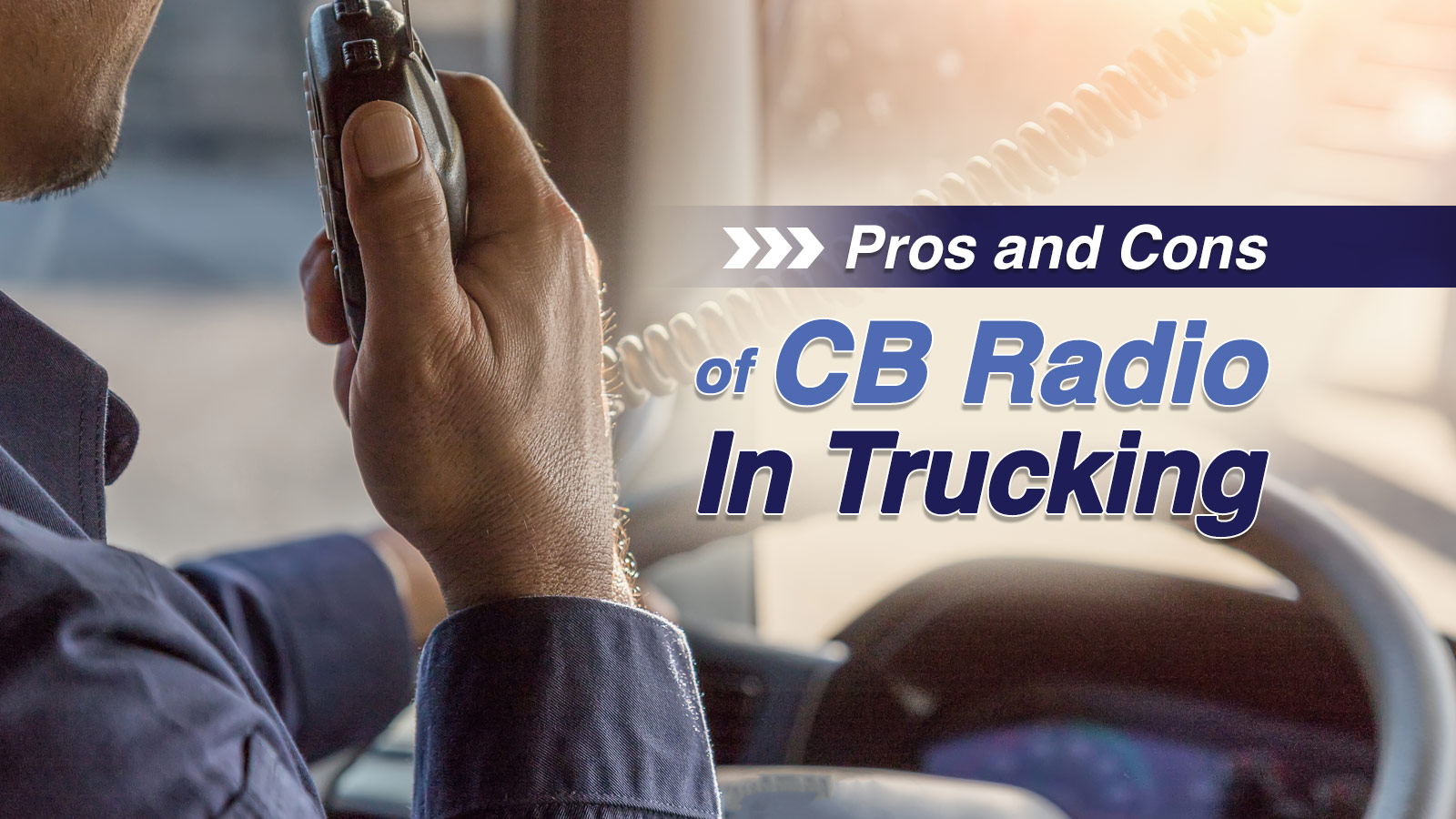The first citizen band (CB) radio was created in the United States in 1948. By the late 1960s, improvements had reduced the weight, size, and price of radios, making them more accessible to the general public.
It had been used by truckers for decades. Following the 1973 oil crisis, when the American government enforced a 55 mph national speed restriction and major fuel shortages and rationing, truckers utilized CB radios to find service stations with improved fuel supplies, alert others about speed traps, and organize blockades and convoys.
Because of the development of mobile phones, the internet, and the Family Radio Service, CB has lost a lot of its initial appeal. During the mid-to-late 1970s and early 1980s, there were millions of users on a limited number of frequencies, which made channels frequently noisy and communication challenging, with decreased interest among hobbyists. Due to these circumstances, CB radio has recently experienced a resurgence in popularity not seen since the 1990s.
Among many other things, the CB radio was originally meant for communication between drivers, back when there were no cell phones, and it served its purpose pretty well. But these days, because of the development of mobile phones, the Internet, and the Family Radio Service, it seems that CB has lost a lot of its initial appeal. We researched drivers’ opinions on these handy devices online, and their opinions include:
The good thing about these radios is that you can use them selectively. Sometimes you will hear people talking, arguing, hosting conspiracy theory podcasts, or yelling at each other. On the other hand, CB radio can be very useful when you would like to report an accident on the road, congestion, or other traffic conditions.
Some drivers enjoy listening to other drivers, and if you’re lucky enough and find the right frequency, you can get a good laugh, feel less lonely, and make time pass faster. Some drivers that have been in the industry for decades say they remember listening to “Coast to Coast”, a radio talk show that covers the topics of “weird and bizarre” that include extraterrestrial life, politics, and many other topics. The opinions on this talk show are very mixed, some feel very nostalgic thinking about it, whereas others say they never liked it. Conspiracy theories aren’t exactly everyone’s cup of tea, but this show was very popular among truckers nonetheless.
Seasoned truckers say that before there were apps, or cell phones in general, CB radios were essential. They are especially useful in bad weather, storms, and fog when drivers report what the road is like in front of them, and even when the weather isn’t an issue, the CB radio is often used to tell other drivers about lane closures, accidents, construction areas, and which roads are congested, suggesting which alternative routes and exits would be faster and less stressful to go through.
Another situation in which drivers like to use them is when they notice another driver on the road having issues with their truck that they may not be aware of. Letting them know their tire is about to burst, they have a leak, or their trailer doors aren’t properly closed could save them a lot of time and money and even prevent a potential accident or other hazardous situation.
So there are both pros and cons you can take into consideration before buying a CB radio. However, nowadays you can also find brilliant podcasts that cover practically any topic you can think of on apps like Spotify or Apple Music. Google Maps will warn you about traffic conditions, and show alternate routes to take to avoid traffic jams or closures, Waze can inform you about traffic updates and potential hazards, and we can recommend many more apps that can amplify your trucking and make driving easier, allow you to plan better, and also keep you entertained. But ultimately, maybe you just want to talk with a fellow driver in your radius, and CB radio might be perfect for that.


Leave A Comment